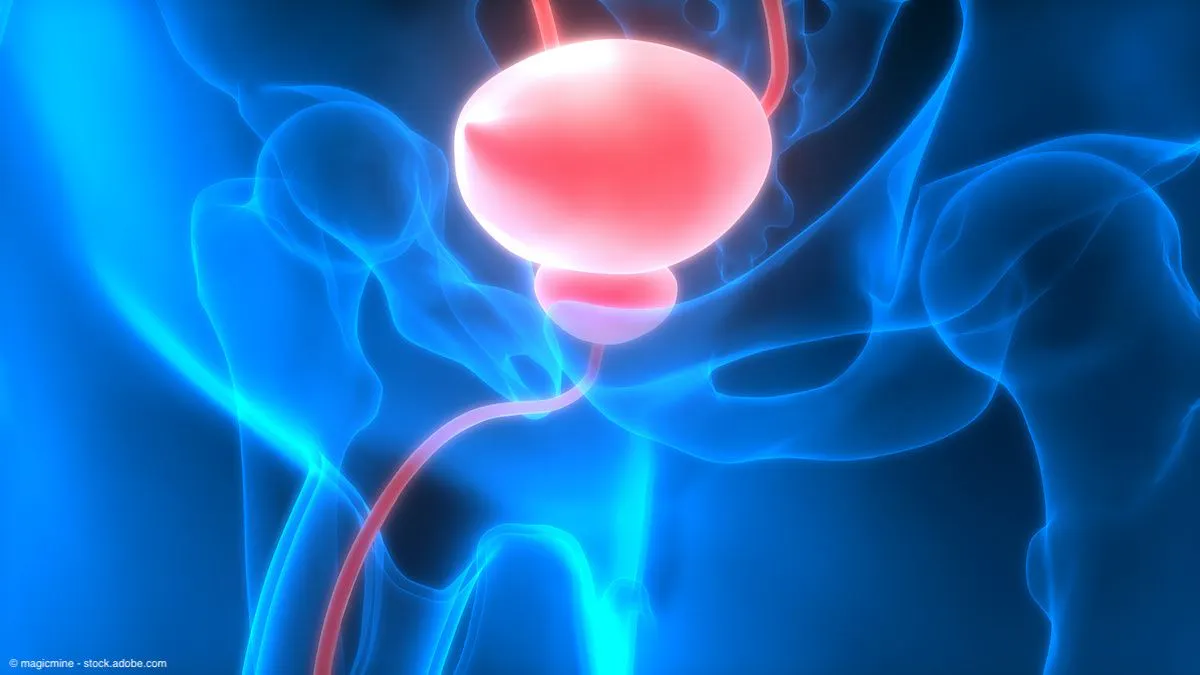Prostate Artery Embolization (PAE)
What is Prostate Artery Embolization (PAE)?
Prostatic Artery Embolization (PAE) is a minimally invasive procedure designed to treat Benign Prostatic Hyperplasia (BPH), a common condition in older men where the prostate gland enlarges, causing urinary difficulties. PAE offers an alternative to traditional surgical methods by reducing the blood supply to the prostate, thereby shrinking it and relieving symptoms. The procedure is performed by an interventional radiologist who uses advanced imaging techniques to guide the catheter through the arteries to the prostate. Tiny particles are then injected to block the blood flow selectively, leading to a reduction in the size of the prostate.
The largest PAE study to date of 1075 patients – published by Dr. Bhatia confirming the safety and long term efficacy of PAE.


